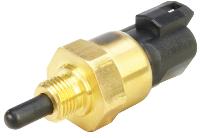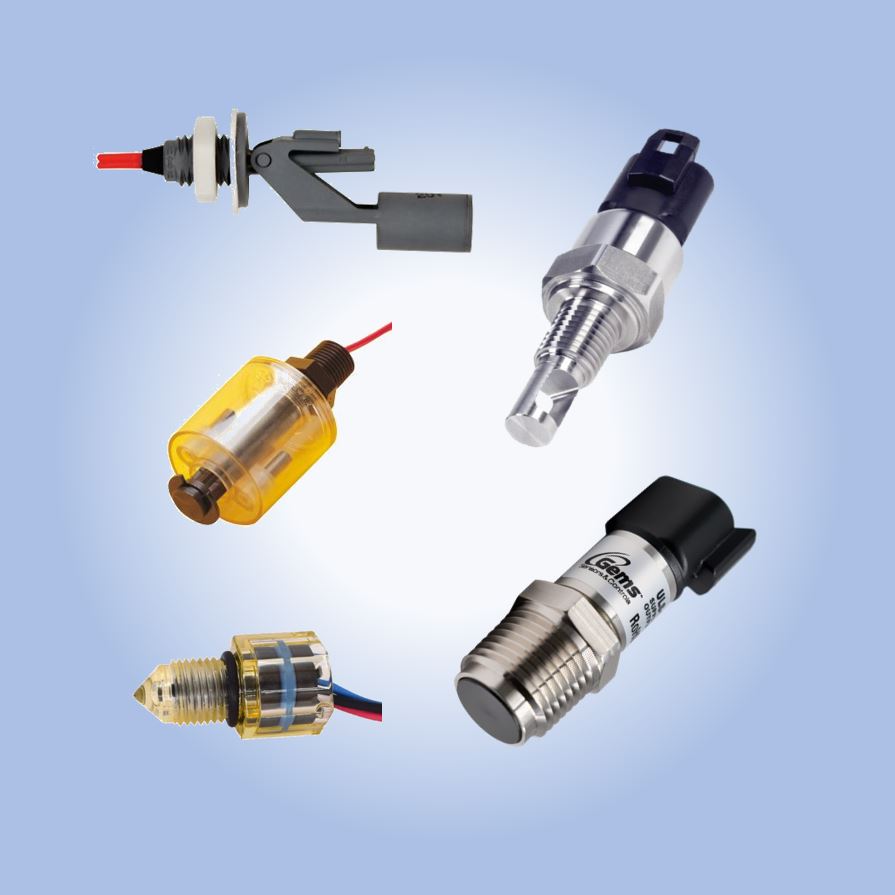
There are a wide variety of liquid level switches using different technologies to detect the presence or absence of liquid at a specific level. All have their strengths & limitations that suit them to different applications. So how do you choose a liquid level switch that works best for you? Some things to consider when choosing the level switch to fit your application:
- Mounting Orientation: Horizontal or Vertical?
- Media Type: Water, Oil, Chemical?
- Conductive or Resistive Media?
- Chemical Compatibility of Wetted Materials
- Environmental Conditions: Humidity, Temperature
- Switching Method: Relay or Solid State?
- Available Mounting & Tank Space?
- Media Properties: Temperature, Specific Gravity
Types of Liquid Level Switches
| Float Type- Vertical | Float Type- Horizontal | Electro-Optic | Ultrasonic | Capacitive |
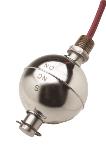 |  |  | 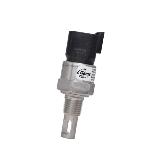 | 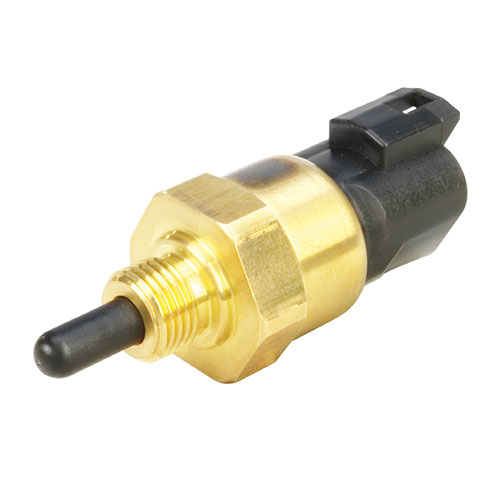 |
| Vertical Float Switches are mechanical and rely on the specific gravity of the liquid. | Like the vertical float switch, the horizontal float switch is mechanical and relies on specific gravity. | Electro-Optic sensors use light refraction to detect the presence of liquid. | Ultrasonic sensors use sound waves to detect when liquid is present. | Capacitive level sensors measure the capacitance (resistive nature) of the media to determine if media is present. |
Float Switches
Pros: Non-powered, reliable, direct indication, relatively inexpensive, various outputs
Cons: Invasive with stem/float combination, moving parts, reed switch carries voltage, build-up can cause float to stick
Typical Applications: Water, oil, hydraulic fluids, chemicals, food and beverage, appliances. Best used in fluid with low particulate matter.
Manufactured in a variety of materials, shapes and sizes, there are float switches compatible with most fluids, and to fit within most tank shape and sizes. The most simple and inexpensive of the group utilize a reed switch that is actuated by a magnet embedded in a float that moves with the liquid level. This offers a very direct, reliable, and repeatable method of monitoring the liquid level within a tank. A magnetic field actuates the mechanical reed switch, so there are no power requirements to drive the sensor. Floats can be configured for single point switch actuation, or with many floats and switches on a single stem for multi-point level detection and switch actuation.
Some limitations are obvious: floats need to be inside the tank, in contact with the liquid. Volume displaced by a float sensor results in less fluid, or requirements for a larger container. Additionally, as instruments become smaller, less buoyant floats are limited by specific gravity in terms of the liquids that can be monitored.
Electro-optic Level Sensor
Pros: Compact, no moving parts, high temperature capability, ignores specific gravity
Cons: Invasive (minor protrusion through tank wall), powered, not good near reflective surfaces or translucent containers, and can be affected by dried or coating media
Typical Applications: Coolants, medical diagnostics, sterilizers and washers, lubricants, food and beverage, hydraulics, leak detection
Electro-optic (or optical) sensors integrate an optical prism tied to solid-state circuitry that combines an infrared light emitter and receiver with transistorized switching. They are low-cost and compact level sensors with built-in switching electronics. With no moving parts, these small units are ideal for a broad variety of point level sensing applications, especially where dependability and economy are a must. Electro-optic sensors are suitable for high, low or intermediate level detection in practically any tank, large or small. Installation is simple and quick through the tank top, bottom or side.
Ultrasonic Level Sensors
Pros: No moving parts, wide media compatibility, ignores condensation and specific gravity
Cons: Invasive (probe protrusion through tank wall), powered, and can be affected by dried or coating media,
Typical Applications: Off Highway Vehicles, Chemicals, lubricants, hydraulics
Ultrasonic sensors operate using ultrasonic sound wave propagation. Ultrasonic sound waves are greatly attenuated when transmitted through air. Conversely, when liquid is present, transmission of the sound waves is greatly enhanced. The electronic control unit generates electrical signals that are converted to bursts of ultrasonic energy at the sensor. The ultrasonic bursts are transmitted across the liquid sensing gap. Upon receipt of a valid signal, the solid-state electronics generate a data enable condition, indicating liquid is present. This signal energizes a relay and provides an output condition.
Capacitive Level Sensors
Pros: Inexpensive, No moving parts, wide range of aqueous, oil-based, and hydrocarbon-based media, ignores foam, bubbles, humidity, reflection, conductivity, specific gravity.
Cons: Powered, different sensor for high dielectric and low dielectric media.
 SEARCH OUR RESOURCE CENTER
SEARCH OUR RESOURCE CENTER

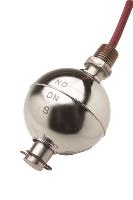

.tmb-thumb200.jpg?sfvrsn=d5241e58_1)
